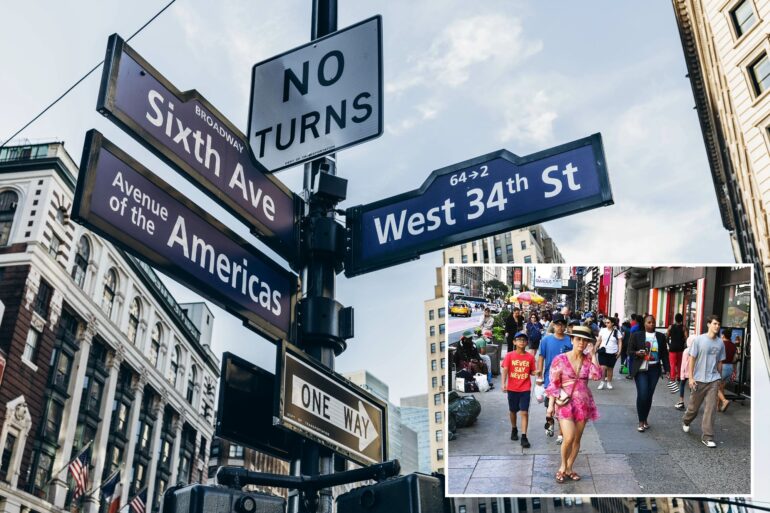🔴 Website 👉 https://u-s-news.com/
Telegram 👉 https://t.me/usnewscom_channel
New Yorkers who don’t eat, live and breathe zoning — which is to say, nearly all of us — might be surprised to discover that there are four enclaves in and around Midtown Manhattan that do not allow new housing.
Forget the vast investment in subway lines and the walkable proximity to the nation’s largest job concentration; decades ago, city planners decided these neighborhoods had a future in manufacturing. Residences were viewed as incompatible.
While the sewing machines and printing presses are long gone, at the sleepy pace at which the city updates its obsolete zoning, no one troubled to rethink the best way to use the land and buildings. A financially strapped city was leaving millions in potential tax revenues on the table.
Now that’s changed, but not entirely for the better. NYC’s Planning Department has proposed the Midtown South Mixed-Use Plan, which purportedly would result in the creation of about 9,700 new housing units in the four enclaves.
That’s a good goal, but I find in a new brief for the Manhattan Institute that city and state policies make it hard to reach. Even in some of the highest-rent neighborhoods in the US, there is a real issue with the financial feasibility of the plan.
New York’s progressive politicians want to pick developers’ pockets twice: Once to require 25 to 30% of the units to be rented at well-below-market rents, and a second time to require that construction workers be paid “prevailing,” or union-scale wages. Even in New York, there’s some recognition that
developers need to be compensated for these goodies, so the state legislature has enacted two tax exemption programs .
The problem is that, in their zeal to squeeze the bottom dollar out of real estate developers, it’s not clear the state left enough profit in the bargain to induce developers to play along. The future, uncertain course of price inflation and interest rates also influences developers’ calculations, but the plan provides no meaningful avenue for relief.
Even if we assume away the financial feasibility concerns, the proposal has additional flaws. The plan would allow new, very tall apartment buildings within and adjacent to historic districts, changing the built character the city is supposedly committed to preserve. It would also undermine another city goal, allowing designated landmark buildings to sell their development rights to raise rehabilitation funding.
Perhaps there are too many landmarks and historic districts in Manhattan, but the city hasn’t made that case — and its zoning plans and its preservation policies should be in sync.
Furthermore, the southerly pair of enclaves proposed for rezoning, flanking Avenue of the Americas south of Greeley Square, contain a significant number of existing residences.
Many of the housing units get their natural light from narrow side streets and rear yards. Those residents will have concerns about their continued access to natural light, should the plan produce the very tall buildings it allows.
Finally, the plan has its roots in state legislation that passed last year, lifting a cap on the size of residential buildings, provided that they include a mix of incomes. The city had sought that change for years, so that it would have the same freedom to zone for large apartment buildings that it has for office buildings.
However, the proposal leaves out Midtown entirely — even though that’s where the large office buildings are located and new, very tall residential buildings would have the least impact. There is a way to shift some of the proposed new apartment buildings to Midtown while also allowing developers to continue to profit from building condos, as they do now.
The city could adjust its proposal and produce just as much housing, but in a better-planned way. It would have to give up some of the theoretical affordable housing it claims this plan would produce, but even New York’s politicians should understand that 25 or 30% of a building that never gets built, or a residential conversion that never takes place, represents zero affordable housing.
New housing that doesn’t include affordable units pays property taxes that the city can use to fund affordable housing somewhere cheaper, or cops, or teachers. And 9,700 housing units we can walk through Midtown South and see are much better than housing that exists only in a slide presentation.
Eric Kober is a senior fellow at the Manhattan Institute.

